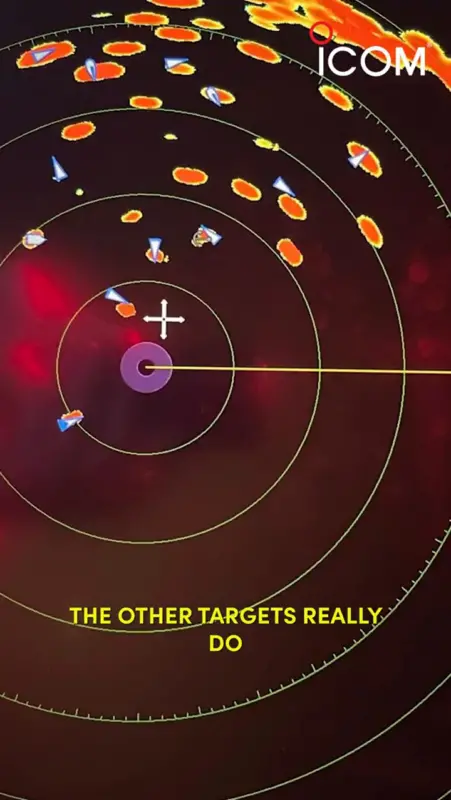We live in an increasingly mobile and active culture, a culture that prefers urban settings. According to Census data, 63% of all U.S. residents live in incorporated areas or cities.[1] These shifts mean many see advertising out of the home more than inside it. As lifestyles change and accessibility becomes greater, Digital Out-of-Home (DOOH) is growing and evolving in pace.
DOOH Will Take Over Consumer Advertising Market Share
DOOH advertising revenue is expected to account for 53% of the out-of-home share in 2018, per the Digital Place-Based Advertising Association (DPAA).[2] In other words, DOOH would become the most important aspect of the market, providing new and unique opportunities to connect with consumers via place-based digital signage. Let’s look at what’s driving this growth.
Inside the Growth Forecasts: Why DOOH Will Continue to Expand
One of the biggest drivers behind the segment’s growth is location opportunity. Digital signage isn’t limited to in-store displays or the occasional billboard—it can be anywhere there are eyes to see it. Where brands were once limited to TV, radio, or their own storefront, now they have greater reach.
So, why is place-based DOOH hitting the mark?
- DOOH targets based on persona. Advertisers can’t always determine exactly what kind of consumers will be in a certain location. They can make some good guesses about preferences though. In sports arenas, for example, advertising can be directed toward the sports fan. Signage in a pre-concert backdrop can be focused toward the music enthusiast.
- DOOH can be scheduled based on time of the day or day of the week. With digital signage, brands can determine when and what they want to be broadcasted.
- DOOH captures consumer attention. Digital signage is proven to draw more consumer attention than its static counterparts. According to a report by PQMedia, the engagement of digital signage grew by 9% in the first six months of 2017 with a weekly average exposure of 20 minutes.[3]
Now Trending: Data-Driven Decisions
With the ability to measure responses and engagement, digital signage can provide actionable data to fine-tune brand messaging. You don’t even have to be a data scientist.
Take your metrics and associate them with where and when your ads and content were playing. Find areas where viewers took action like using a special code or purchasing a promoted item. Wherever you see peaks, that is an indicator that your audience responds to that particular content.
Leverage DOOH in Your Marketing Mix
We live in a digital world. Dynamic screen and interactive display content have the power to attract consumer attention as never before. A Forrester study indicates that 47% of loyalty is tied to the consumer experience.[4] DOOH provides a channel for brands to tell their story while increasing brand loyalty, doing so by creating more relevant content based on preferences, time of day, or location. Your audience may feel as though you’re speaking directly to them.
To capture the ever-evolving interest and imagination of today’s end user, rely on digital signage to create connections. Learn more about how DOOH digital signage can provide valuable branding with help from Reflect.
Read more at reflectsystems.com








